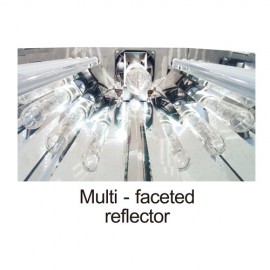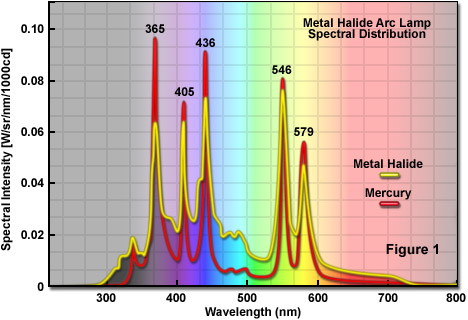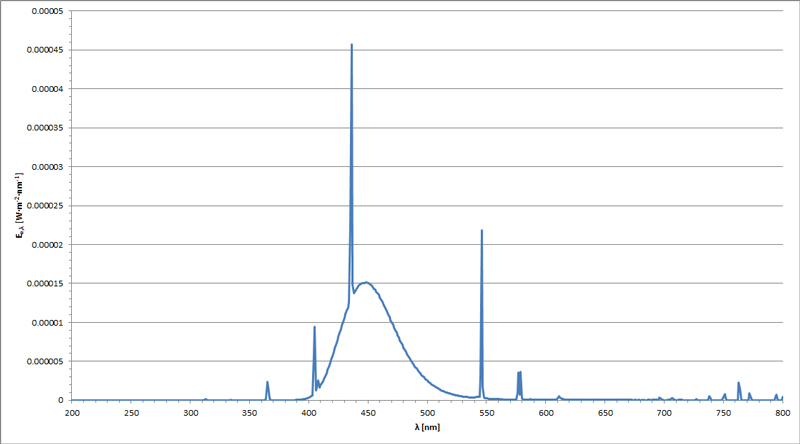IMO. Jury and science is still out.So how can we explain the report of so many people who see huge differences in color/ growth, specially with SPS corals, namely Acropora spp., after changing their LED back to halides? Do you think that would have to do only with wattage? That happens also when the change from LEDs to T5s, but let's keep the topic with the halides.
I know there must be something else to explain all that, then. I think the extra UV from halides would be the main reason, even though the scientists don't think so, I guess...
Plus, Mr. Tullio Del Aquilla said in that video that "...halides can produce a lot of UV that LEDs cannot!"
What is that about?
We clearly see and know there is a difference between using halides and LEDs under table Acopora spp., for example. They tend to have dead spots under the colony due to shading. That happens more often than any other shading problems with LEDs. I believe that is a combination of factors, like intensity, spectrum and reflection (uniformity). The best aquarists in the world have seen that happening more often with LEDs than Halides. Some say they can actually correct the problem when they go back to halides.
What do you think?
Grandis.
We can belive what we want to belive and spin facts to sell.
But there are specifics involved. Did the led guy have 3 radions at 30% and 350 par and hit the mh at 550 par? Sometimes, yes.
It’s one of the reasons I do look at all those threads.





















